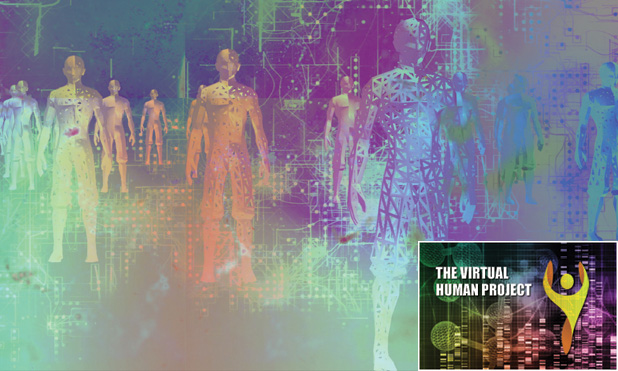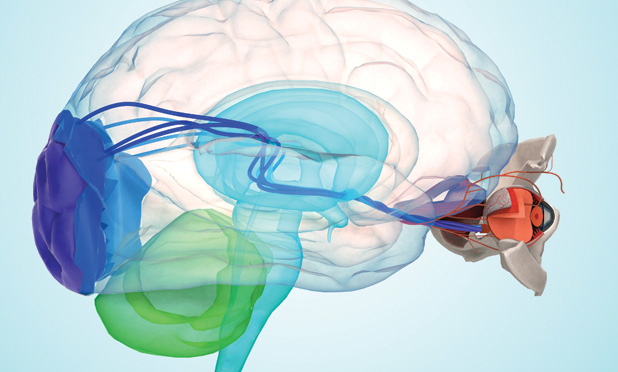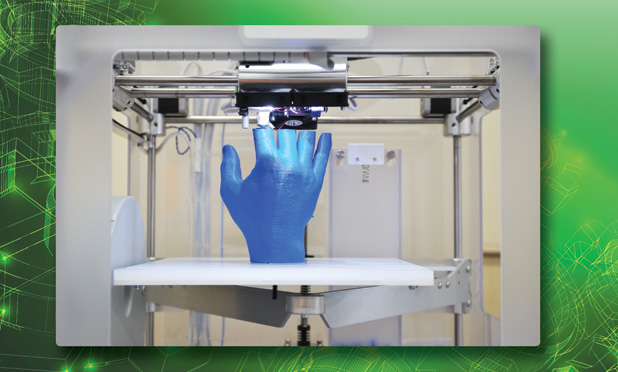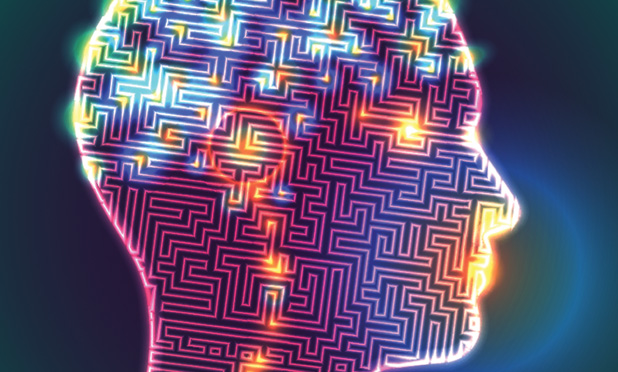Many types of human tissue—such as the brain and spinal cord of the central nervous system, the peripheral nervous system, and muscles, including the heart muscle—are fibrous in nature. Isotropic…
read moreMagnetic resonance imaging (MRI) is a ubiquitous tool used in clinical settings around the world to provide detailed three-dimensional information on the internal anatomy and physiology of human patients without…
read moreOver the past two decades, there has been enormous growth in research activity for microwave diagnostic and therapeutic technologies that target the breast. The clinical need for new tools in…
read moreThe ratio of the length of the second (index) finger to the length of the fourth (ring) finger on the right hand is termed the 2D:4D ratio (Figure 1). This…
read moreAs bedtime approaches, take note! Your pajamas may have something important to tell you. If you’re elderly and susceptible to hypothermia, your pajamas might let you know that your temperature has…
read moreHumans have been using technology to improve their vision for many decades. Eyeglasses, contact lenses, and, more recently, laser-based surgeries are commonly employed to remedy vision problems, both minor and…
read moreThe retina is a sophisticated neural network that provides humans with high-resolution vision. And for those who suffer from retinal disease or deterioration, particularly age-related macular degeneration (the leading cause…
read moreAlthough doctors still cannot simply order new, functioning organs for patients who need replacements, researchers in labs around the world are making the important advances in tissue engineering that set the…
read moreFloating in a Petri dish, they look like tiny tapioca pearls in peach broth, a couple dozen in number and none much larger than the tip of a ballpoint pen.…
read more









